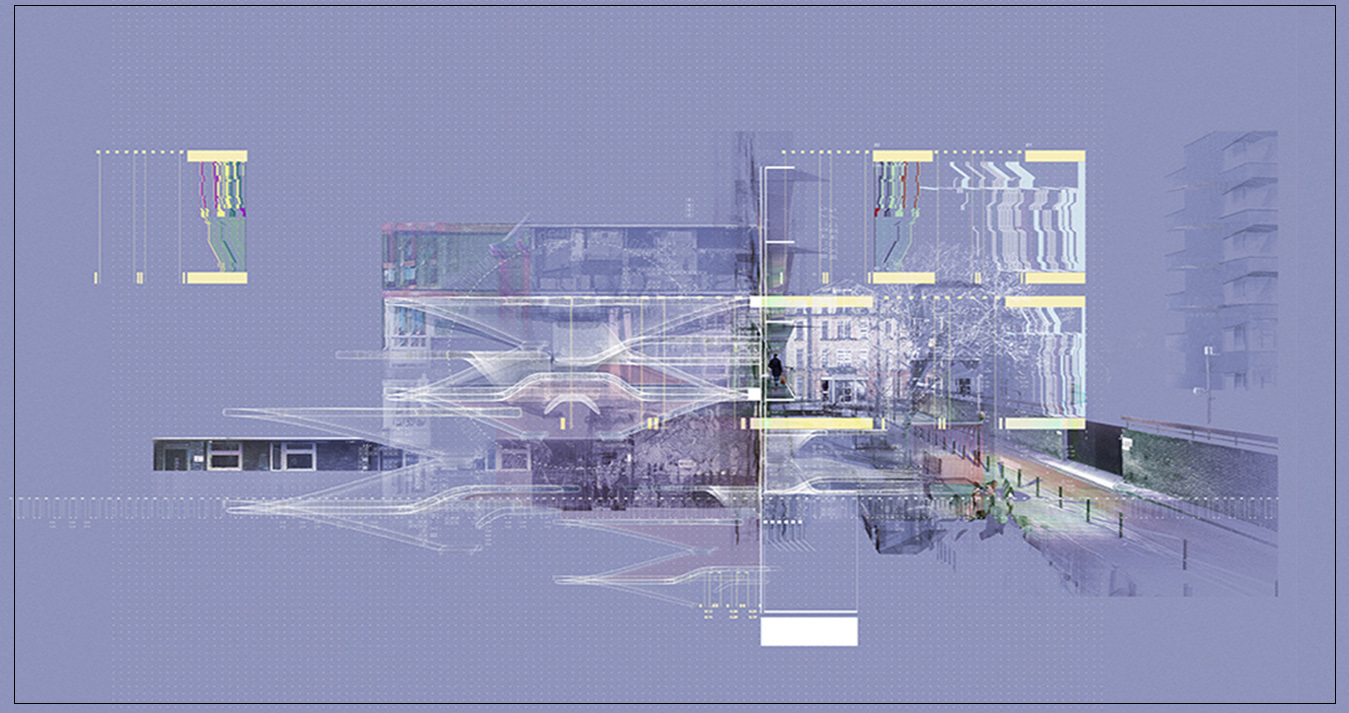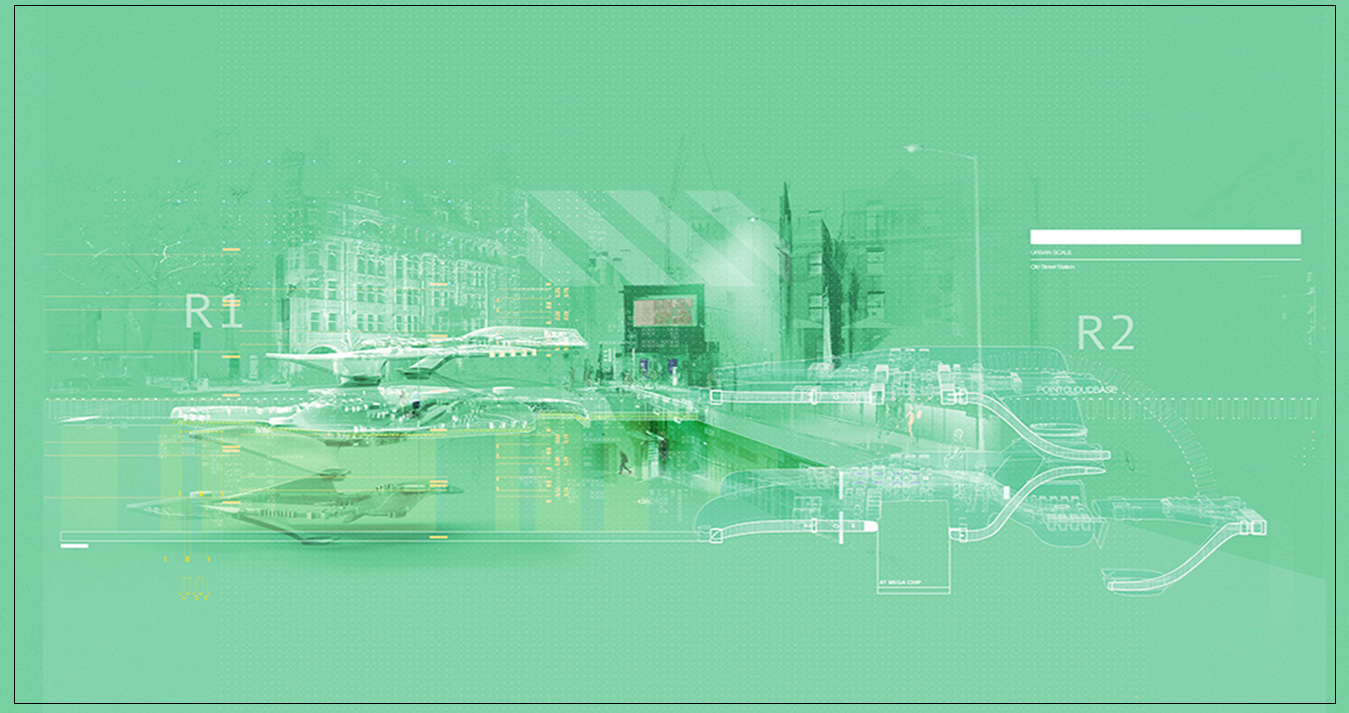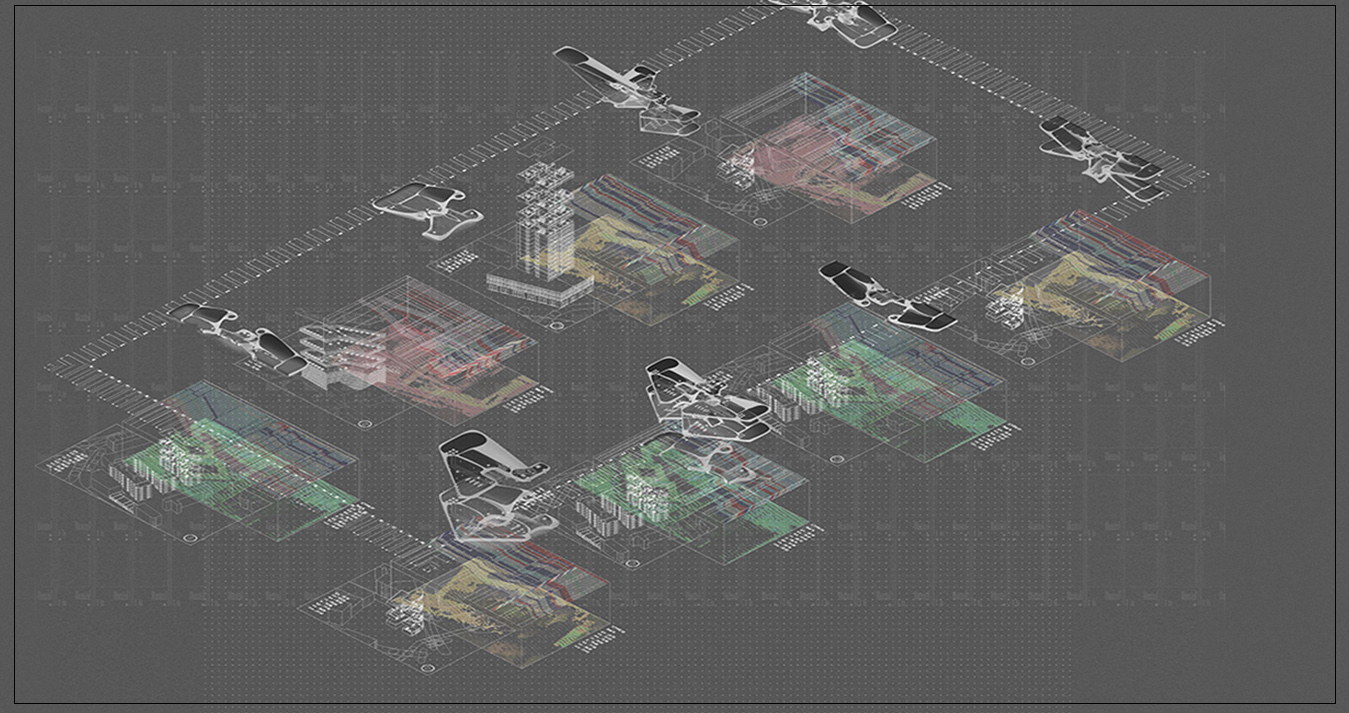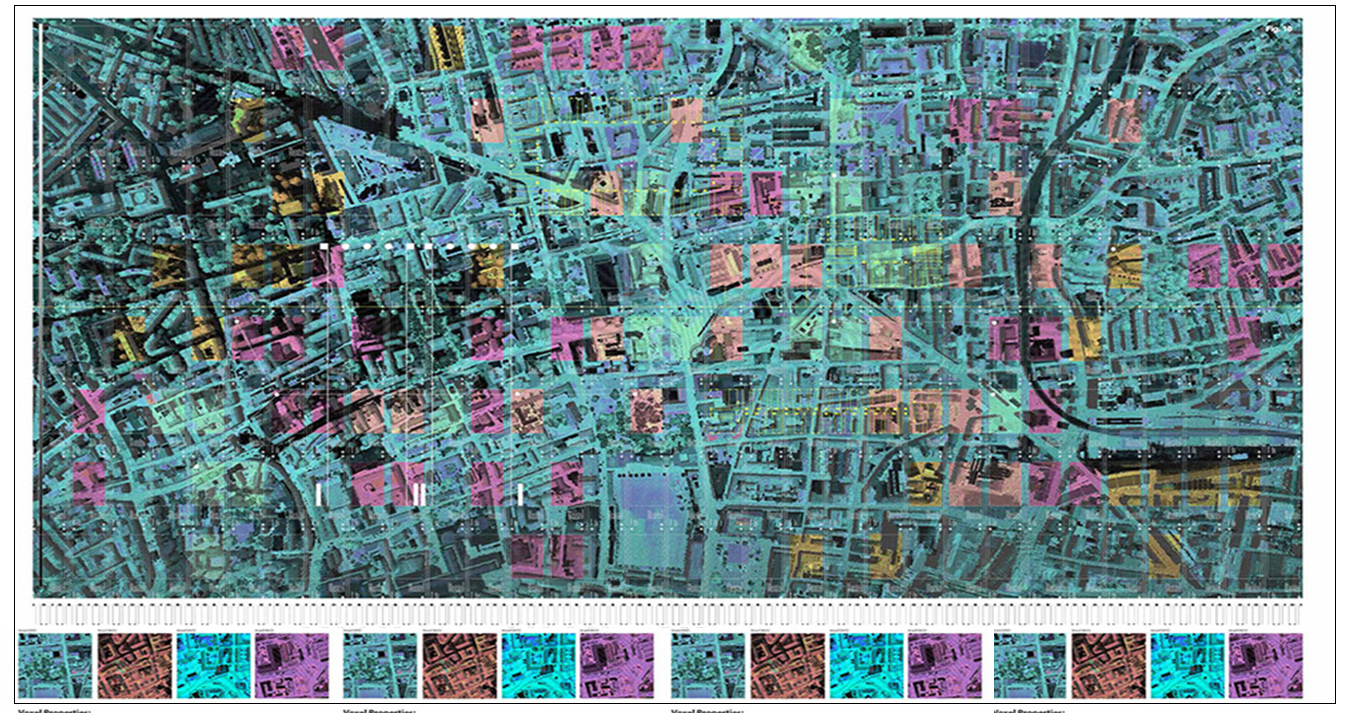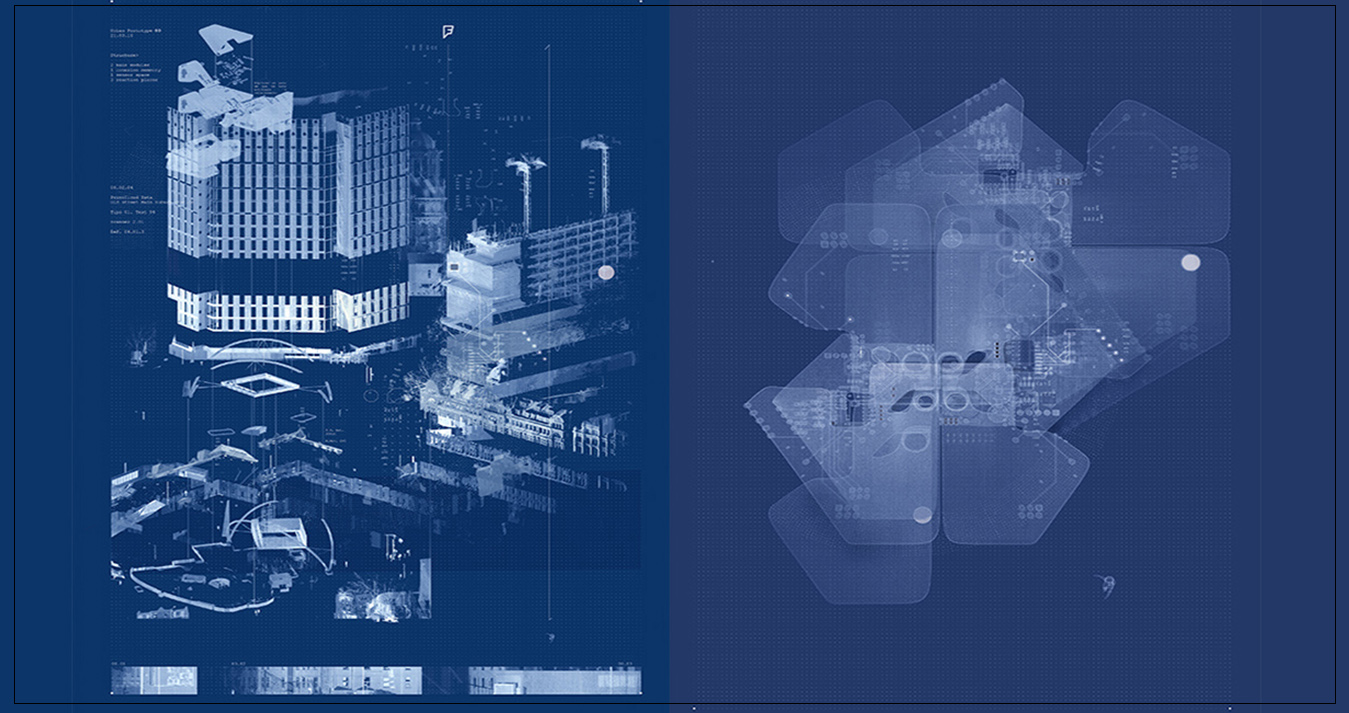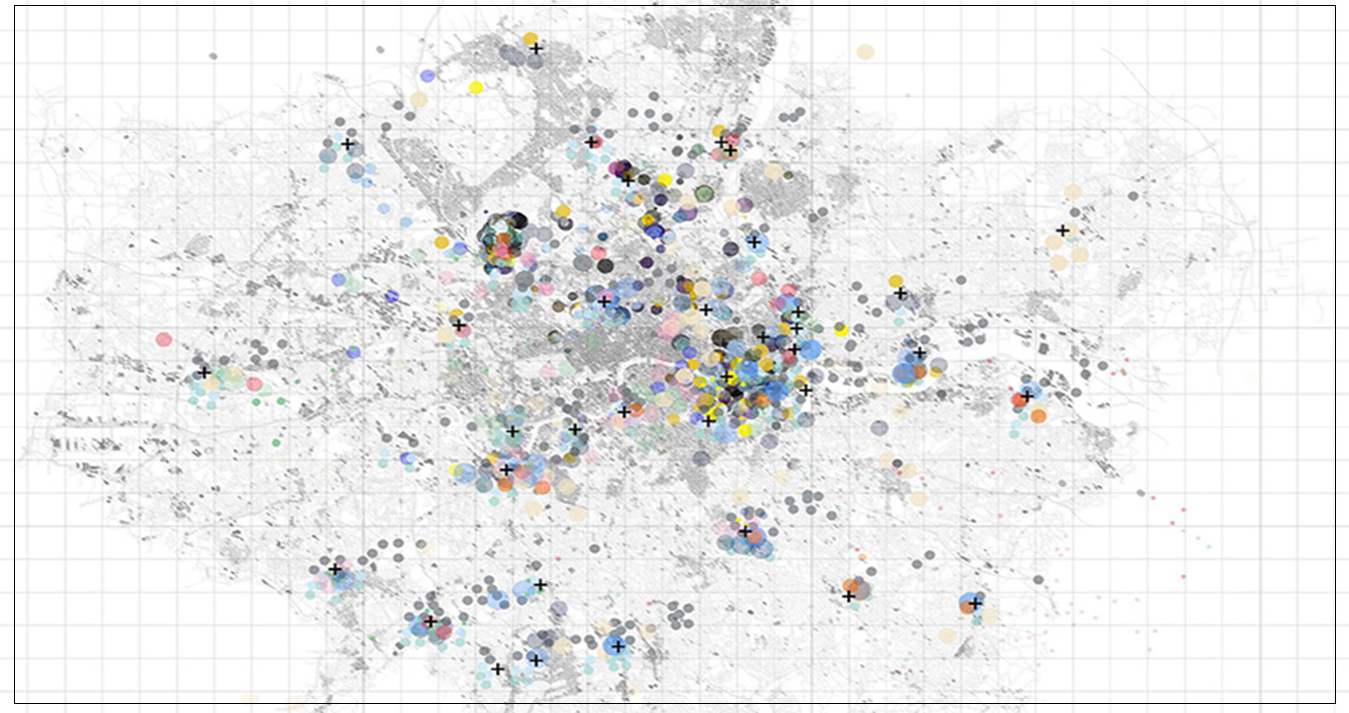
Learning Cities
The aim of both the design project and the report has been to bridge between the performance of different systems of artificial intelligences and the way our urban settlements evolve. While the report has become the tool for analysing previous approaches to digital technologies, and to study the technicality behind recent trends in A.I, the design thesis is used as a Proxy model of material research that explores new morphological possibilities, introducing these digital technologies as an active part of the constructed form.
Once the approach to machine learning in relation with an urban context is presented, this chapter will set the foundations for the construction of what will later be defined as micro-urbanisms. In the learning process previously described there is a key component that guides the evolution and development of the system: the interaction. In the example of Amazon, the constant adaptation of the re- commendation system is just possible through continuous interactions with the user.
It could be agreed that interaction is the key component for training this artificial intelligence so the final output relies directly on it.
- [year] 2017
- [Credits] Miguel Esteban
- [Design Tutors] Enriqueta Llabres Valls, Zachary Flucker
- [H+T Tutor] Nuria Alvarez
Learning Cities
The aim of both the design project and the report has been to bridge between the performance of different systems of artificial intelligences and the way our urban settlements evolve. While the report has become the tool for analysing previous approaches to digital technologies, and to study the technicality behind recent trends in A.I, the design thesis is used as a Proxy model of material research that explores new morphological possibilities, introducing these digital technologies as an active part of the constructed form.
Once the approach to machine learning in relation with an urban context is presented, this chapter will set the foundations for the construction of what will later be defined as micro-urbanisms. In the learning process previously described there is a key component that guides the evolution and development of the system: the interaction. In the example of Amazon, the constant adaptation of the re- commendation system is just possible through continuous interactions with the user.
It could be agreed that interaction is the key component for training this artificial intelligence so the final output relies directly on it.


